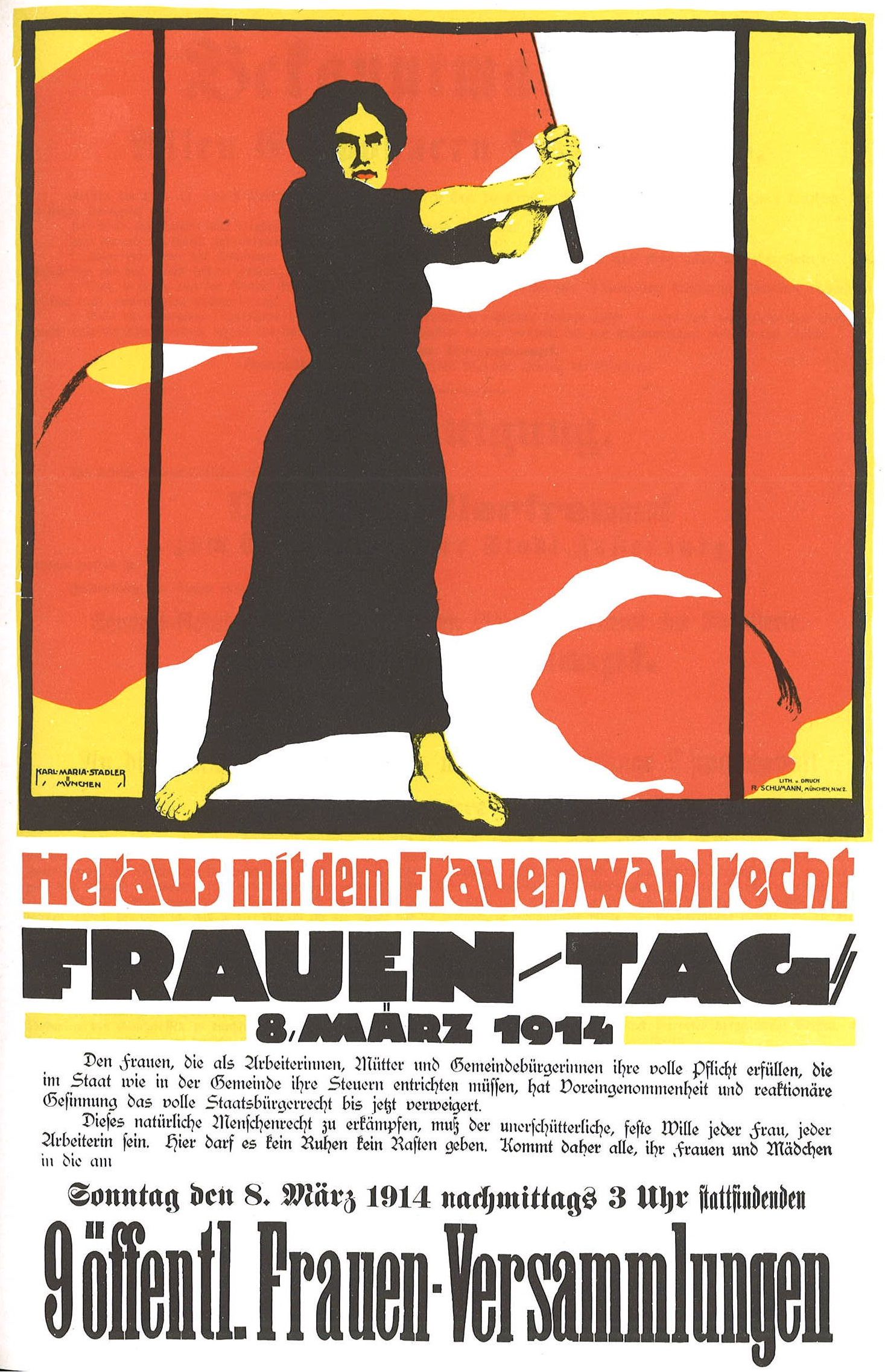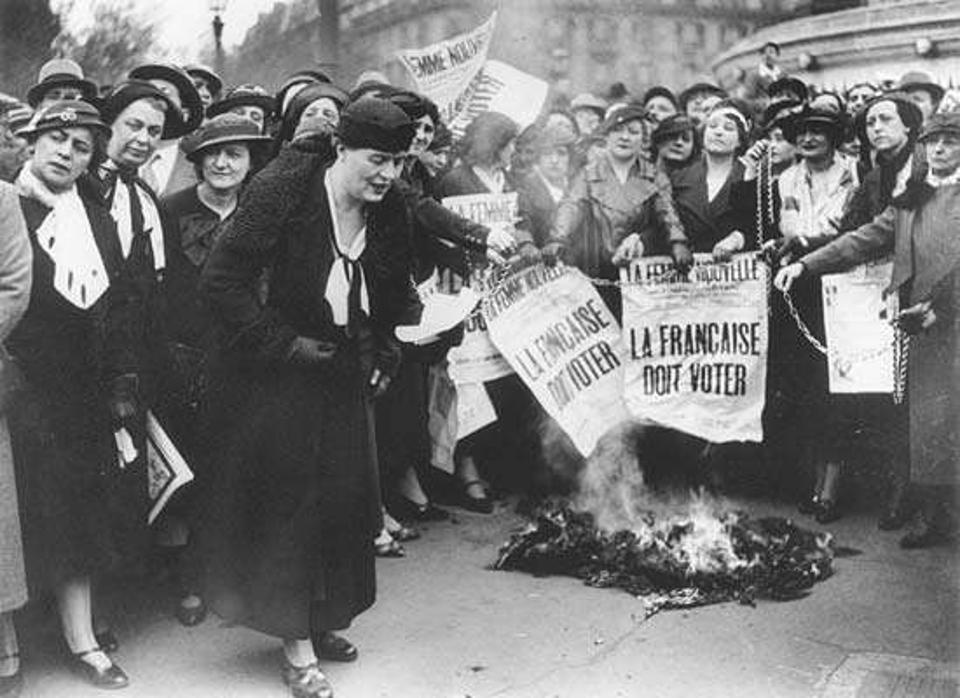How The Socialists Created Women’s Day
Oct 11, 2019, 12 47 | Updated: Feb 23, 2021, 01 10
Most people blame Hallmark for every commemorative occasion. Several people believe that Women’s Day is a made-for-greeting-cards day such as “Love Your Assistant Headmaster’s Cousin Day”. But Women’s Day, officially, International Women's Day (IWD), is a creation of a strong-willed political and social movement, started by the Socialist Party of America.
After the Socialist Party of America organised a Women's Day on February 28, 1909 in New York, the 1910 International Socialist Woman's Conference suggested a Women's Day be held annually.
After women gained suffrage (the right to vote) in Soviet Russia in 1917, March 8 became a national holiday there. It was adopted in 1975 by the UN.
Today, Women’s Day is a public holiday in some countries, a day of protests in some places and and ignored elsewhere.
In 1913 Russian women celebrated an International Women's Day on the last Saturday in February.
In 1914 International Women's Day was held on March 8 in Germany, possibly because that day was a Sunday, and now it is always held on March 8 in all countries. The 1914 observance of the Day in Germany was dedicated to women's right to vote, which German women did not win until 1918.
In London there was a march from Bow to Trafalgar Square in support of women's suffrage on March 8, 1914. Sylvia Pankhurst was arrested in front of Charing Cross Station on her way to speak in Trafalgar Square.
On March 8, 1917, in Petrograd, Russia women textile workers began a city wide demonstration. This marked the beginning of the February Revolution, which alongside the October Revolution made up the Russian Revolution.
Women in Saint Petersburg went on strike that day for "Bread and Peace" – demanding the end of World War I, an end to Russian food shortages, and the end of czarism. Leon Trotsky wrote, "23 February (8th March) was International Women's Day and meetings and actions were foreseen…” Seven days later, the Emperor of Russia, Czar Nicholas II abdicated and the provisional Government granted women the right to vote.

Communist leader Dolores Ibárruri led a women's march in Madrid in 1936 on the eve of the Spanish Civil War.
From its official adoption in Soviet Russia following the Revolution in 1917, the holiday was predominantly celebrated in communist countries and by the communist movement worldwide. It was celebrated by the communists in China from 1922. After the founding of the People's Republic of China on October 1, 1949 the State Council proclaimed on December 23 that March 8 would be made an official holiday with women in China given a half-day off.
Women’s Day is an official holiday in Afghanistan, Angola, Armenia, Azerbaijan Belarus Burkina Faso, Cambodia, China (for women only), Cuba, Georgia, Guinea-Bissau, Eritrea, Kazakhstan, Kyrgyzstan, Laos, Madagascar (for women only), Moldova,] Mongolia, Nepal, Russia, Tajikistan, Turkmenistan, Uganda, Ukraine, Uzbekistan, Vietnam, and Zambia.
In some countries, such as Cameroon, Croatia, Romania, Bosnia and Herzegovina, Bulgaria and Chile, the day is not a public holiday, but is widely observed nonetheless. On this day it is customary for men to give the women in their lives – friends, mothers, wives, girlfriends, daughters, colleagues, etc. – flowers and small gifts.
In some countries (such as Bulgaria and Romania) it is also observed as an equivalent of Mother's Day, where children also give small presents to their mothers and grandmothers. In Russia, the day has lost all political context through the time, becoming simply a day to honour women and feminine beauty.

International Women's Day sparked violence in Tehran, Iran on March 4, 2007, when police beat hundreds of men and women who were planning a rally. Can’t win them all.


